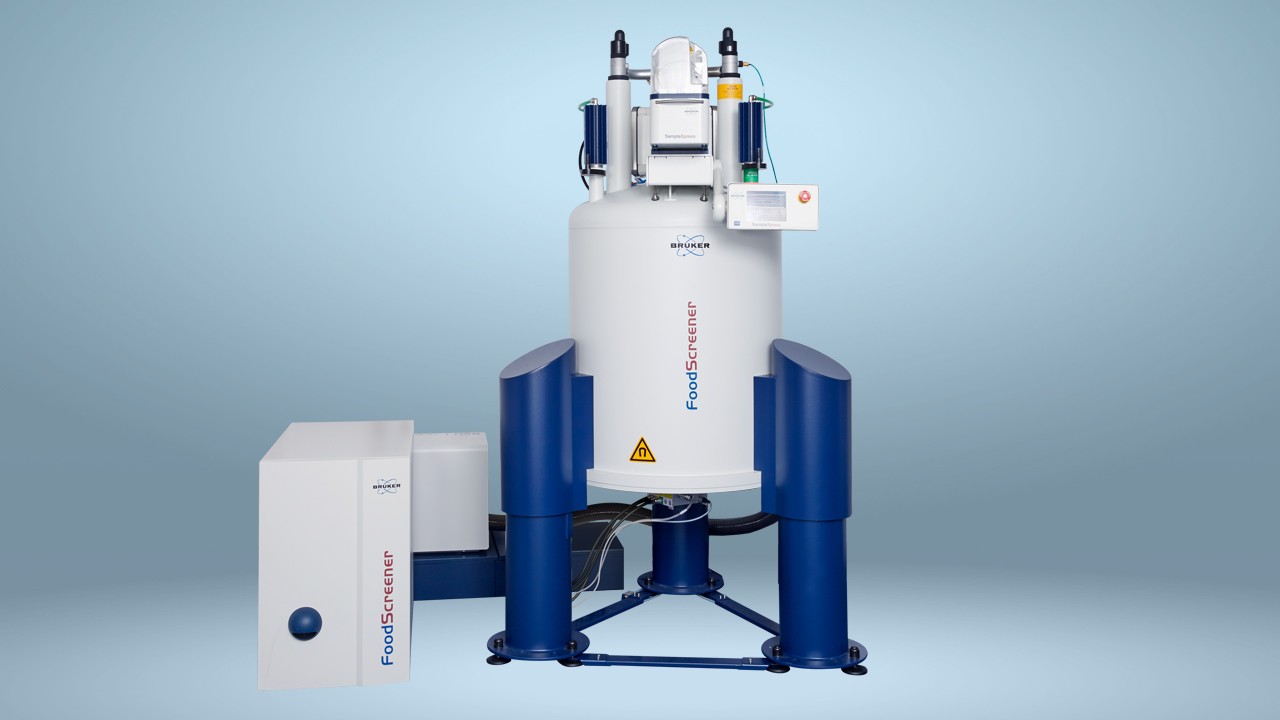Determination of the Distribution of Humic Acid in Wheat Seedlings
Labelled humic acid preferentially accumulates in the root endodermis
The largest constituent of organic soil matter is humic substances. These play a key role in the terrestrial ecosystem since they are chemically too complex for microorganisms to metabolize and cannot be decomposed readily because of their close association with soil minerals. They interact with metal ions, oxides, hydroxides, mineral and organic compounds to form complexes, allowing their mobilization through either soil or water. Humic substances thus provide the important link between living (biotic) and non-living (abiotic) components of the ecosystem.
Humic substances improve soil structure and fertility and positively influence nutrient uptake by plants and improve root systems. Consequently, they enhance root, leaf and shoot growth and stimulate the germination of various crop species. They have also been shown to help a plant adapt to changing external environments. Although it is known that humic substances facilitate interactions between the plant roots and soil, their exact mode of action remains unclear.
Imaging methodologies have recently been used to investigate how humic substances are used by wheat seedlings. The seedlings were exposed to tritium-labelled leonardite humic acid and the distribution of the radiation through the plants observed using microautoradiography (MAR). The structure of the humic acid used was characterized using elemental analysis, potentiometric titration, size-exclusion chromatography (SEC) and 13C nuclear magnetic resonance (NMR) spectroscopy (recorded on an Avance NMR spectrometer [Bruker, Germany]).
The 13C NMR spectrum revealed numerous aromatic-related structural groups, a characteristic feature of leonardite humic acid. In total, 52.5% of the carbon content was within aromatic structures. The tritiated humic acid was shown to preferentially accumulate in the roots of the plants rather than the shoots. Label was also present in xylem tissue, indicating that components of the humic acid are transported to shoot tissues. An increase in lipids within photosynthetic membranes was also observed after treatment with humic acid. However, the effect of the humic acid on lipid levels was highly specific with only free fatty acids and selected polar lipids being affected. Of the polar lipids, it is of particular note that the level of galactolipids was elevated after treatment with humic acid, since these are known to be the predominant components of photosynthetic membranes.
Closer investigation of microtomed sections of the wheat plants revealed that label in the root cap zone the label did not penetrate into the plant interior, whereas in the root hair zone label was copiously present in both epidermal and endodermal regions. Regions of label were also present in the plant vasculature indicating transport of the humic acid (or metabolized products thereof) through the wheat plant.
These observations are consistent with the known positive physiological effects of humic acid on plants, e.g., enhanced growth and development of lateral roots and improvement in photosynthesis under stress conditions. Understanding more of the way in which humic acid helps plants can facilitate the development of advanced rhizosphere management strategies to improve plant growth.
Reference:
Kulikova NA, et al. Label Distribution in Tissues of Wheat Seedlings Cultivated with Tritium-Labeled Leonardite Humic Acid. Sci Rep. 2016 Jun 28;6:28869.


